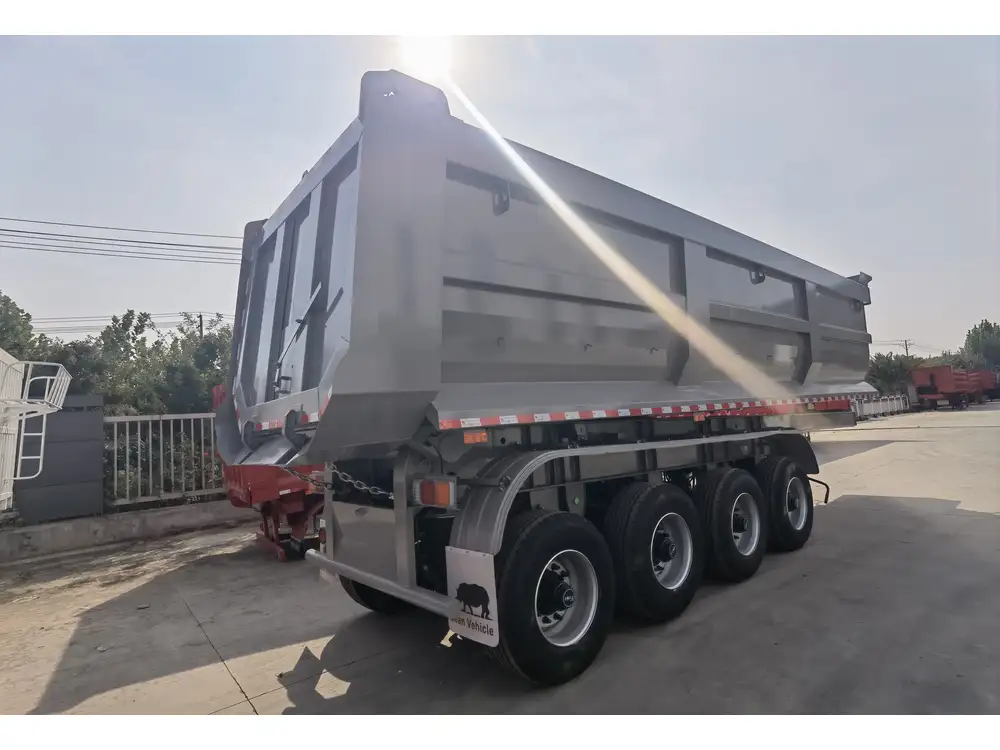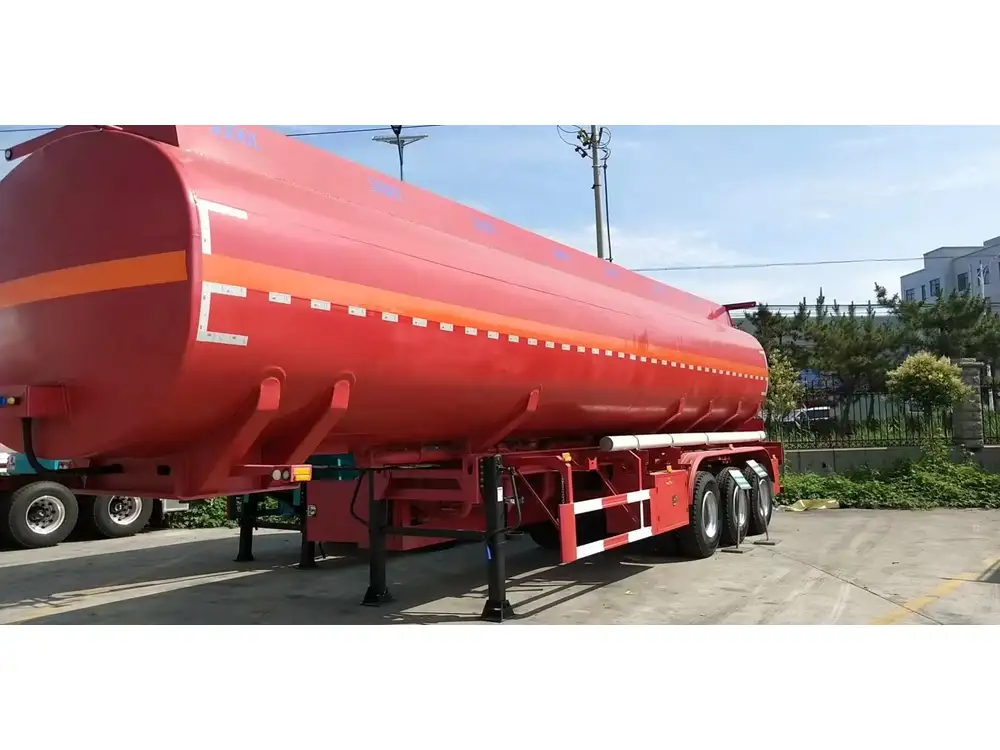Understanding the components of a travel trailer is crucial for any avid RV enthusiast or casual camper. One of the key components that often causes confusion among users is the black tank. In this in-depth article, we will thoroughly explore what a black tank is, its functions, maintenance, and why it’s an essential element in the world of recreational vehicles. This guide aims to not only inform but also empower travel trailer owners to make educated decisions regarding their RV’s sanitation systems.
Understanding the Black Tank: Definition and Purpose
What Exactly Is a Black Tank?
The black tank in a travel trailer is a specialized holding tank designed to store waste materials from the toilet. Crafted mainly from durable materials like polyethylene or fiberglass, the tank is engineered to withstand the corrosive nature of human waste and associated chemicals. It typically has a capacity range from 20 to 50 gallons, depending on the size and model of the trailer.

Why Is the Black Tank Important?
The black tank plays a pivotal role in enhancing the camping experience. It isolates sewage from other wastewater produced in the trailer, safeguarding the potable water supply and ensuring a sanitary living environment. By containing waste in a designated area, it prevents odors and prevents contamination, making it an indispensable component of any travel trailer’s plumbing system.
Components of the Black Tank System
To fully appreciate how a black tank functions, it’s imperative to understand its associated components.
| Component | Function |
|---|---|
| Toilet (Commode) | Directly connected to the black tank to collect waste. |
| Pipes and Fittings | Convey waste from the toilet to the black tank. |
| Flush Valve | Opens to allow waste to exit the tank during dumping. |
| Tank Level Indicator | Provides a reading of the tank’s contents, indicating when it’s time to empty. |
| Venting System | Releases gases build-up to prevent pressure from accumulating. |
The Role of Each Component
- Toilet (Commode): The starting point for waste collection, the travel trailer toilet sends waste directly to the black tank through pipes.
- Pipes and Fittings: Made from durable materials, these pipes ensure that waste flows smoothly into the black tank while minimizing leaks.
- Flush Valve: Crucial for efficient emptying, the flush valve allows users to drain the tank when necessary.
- Tank Level Indicator: This component is vital for preventing overflow; it gives a visual cue of how full the tank is, usually through a series of lights or a gauge.
- Venting System: Maintains airflow in the black tank, preventing the buildup of volatile gases that can produce unpleasant odors.

The Waste Management Process: How the Black Tank Works
Step 1: Waste Collection
Everything begins when you use the toilet inside your travel trailer. Waste, along with the water used for flushing, drops directly into the black tank. The design of modern toilets, often utilizing a vacuum or pedal system, ensures minimal mess and efficient waste transfer.
Step 2: Storage and Treatment
Once in the black tank, waste is stored until it reaches a predetermined capacity. Some users choose to add chemicals to the tank to break down waste and mitigate odors. These chemicals can vary from environmentally-friendly options to more traditional products that dissolve waste more aggressively.

Step 3: Monitoring Levels
As the tank fills, it’s essential to monitor the levels using the tank level indicator. Knowing when the tank is full is vital to avoid leaks or overflows, which can lead to unsanitary conditions.
Step 4: Disposal
After the tank reaches its capacity, it’s time to empty it. This process is typically carried out at designated dump stations found in campgrounds or RV parks. Proper disposal protocols must be followed to comply with local laws and uphold environmental standards.
Maintenance of the Black Tank: Best Practices
Maintaining the black tank is critical not only for prolonging its lifespan but also for ensuring a healthy camping experience. Here are some essential tips to keep your black tank in optimal condition.

Regularly Empty the Black Tank
Understanding when to empty the black tank is crucial. A general rule is to empty it when two-thirds full. This practice minimizes odors and ensures a cleaner tank, which is better for overall hygiene.
Use the Right Additives
Chemical treatments can facilitate the breakdown of waste and control odors. Two main types of additives are available:
- Chemical Treatments: These contain enzymes and other compounds designed to break down waste.
- Natural Treatments: Eco-friendly options include bacteria-based products that digest waste naturally.
Clean the Tank
Using a tank cleaning wand or flushing system can help dislodge stubborn waste build-up and prevent clogs. Cleaning should be done periodically, particularly after extensive trips.
| Maintenance Task | Frequency | Notes |
|---|---|---|
| Empty the black tank | Every 2-3 days | Or when the tank is 2/3 full. |
| Add treatment products | Each trip | Choose between chemical or natural options. |
| Inspect all components | Before each trip | Look for leaks or cracks to ensure optimal performance. |
| Clean the tank | Monthly or as needed | Prevent buildup with a tank cleaning wand. |

Inspect and Test Connections
Regular inspections of the pipes and hoses connected to the black tank can help identify potential leaks before they escalate into larger problems. Ensure that all connections are secure and intact.
Common Issues with Black Tanks and Their Solutions
Odor Problems
Problem: One of the most common complaints among RV owners is unpleasant odors emanating from the black tank.
Solution: Ensure proper ventilation through the venting system and consider using a high-quality deodorizer or tank treatment product specifically designed to eliminate smells.

Clogs and Blockages
Problem: Infrequent emptying or the improper disposal of items like wipes can lead to clogs.
Solution: Regular maintenance, including flushing the tank and checking for blockages, will help alleviate this issue. A plumbing snake can be helpful for particularly stubborn blockages.
Overflows
Problem: This problem generally results from failing to monitor the tank levels properly.
Solution: Ensure you check the tank level indicator periodically and plan your stop at dump stations appropriately.
Conclusion: Embracing Proper Black Tank Management
Understanding what a black tank is, how it works, and the intricacies of its maintenance is essential for all travel trailer owners. By following the guidelines and practices outlined in this comprehensive guide, RV enthusiasts can ensure their sanitary systems function efficiently, enhancing their overall camping experience.
Whether you’re a seasoned traveler or a newcomer to RVing, being informed about the black tank system allows you to enjoy your adventures worry-free, knowing that you’re equipped to handle one of the most fundamental aspects of travel trailer ownership.
The freedom of the open road awaits, and with a well-maintained black tank system, you can relish every moment of your journey without the nagging worry of waste management. Safe travels!



